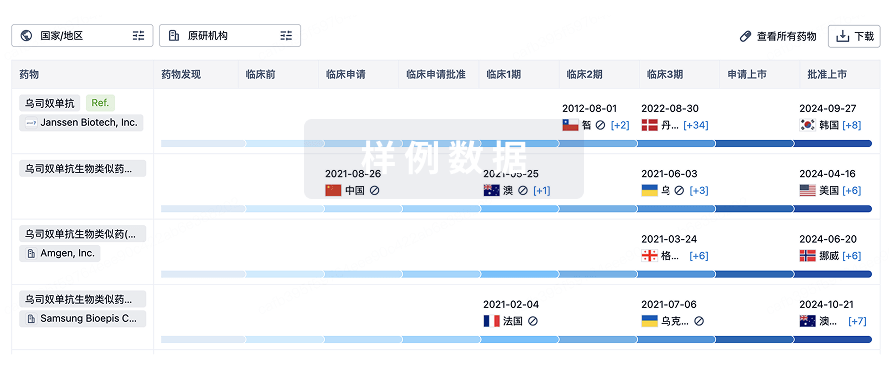Background and Purpose The available data on low-dose oral
contraceptive pill (OCP) use and stroke risk in US women are limited by
small numbers. We sought more precise estimates by conducting a pooled
analysis of data from 2 US population-based case-control studies.Methods We analyzed interview data from 175 ischemic stroke cases,
198 hemorrhagic stroke cases, and 1191 control subjects 18 to 44 years
of age.Results For ischemic stroke, the pooled odds ratio (pOR) adjusted
for stroke risk factors for current use of low-dose OCPs compared with
women who had never used OCP (never users) was 0.66 (95% confidence
interval [CI], 0.29 to 1.47) and compared with women not currently
using OCPs (nonusers) the pOR was 1.09 (95% CI, 0.54 to 2.21). For
hemorrhagic stroke, the pOR for current use of low-dose OCPs compared
with never users was 0.95 (95% CI, 0.46 to 1.93) and compared with
nonusers the pOR was 1.11 (95% CI, 0.61 to 2.01). The pORs for current
low-dose OCP use and either stroke type were not elevated among women
who were ≥35 years, cigarette smokers, obese, or not receiving medical
therapy for hypertension. pORs for current low-dose OCP use were 2.08
(95% CI, 1.19 to 3.65) for ischemic stroke and 2.15 (95% CI, 0.85 to
5.45) for hemorrhagic stroke among women reporting a history of
migraine but were not elevated among women without such a history. Past
OCP use (irrespective of formulation) was inversely related to ischemic
stroke but unrelated to hemorrhagic stroke.Conclusions Women who use low-dose OCPs are, in the aggregate, not
at increased risk of stroke. Studies are needed to clarify the risk of
stroke among users who may be susceptible on the basis of age, smoking,
obesity, hypertension, or migraine
history.







